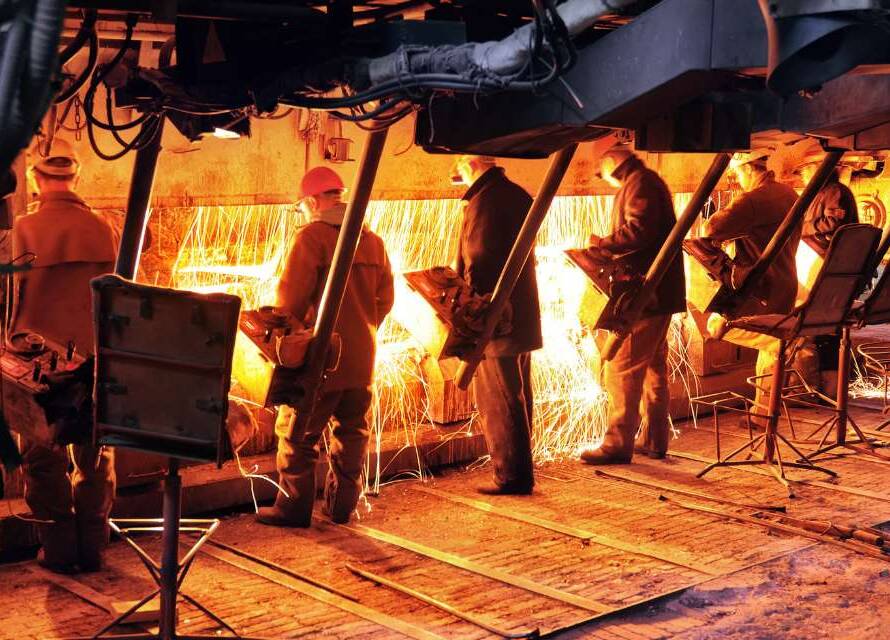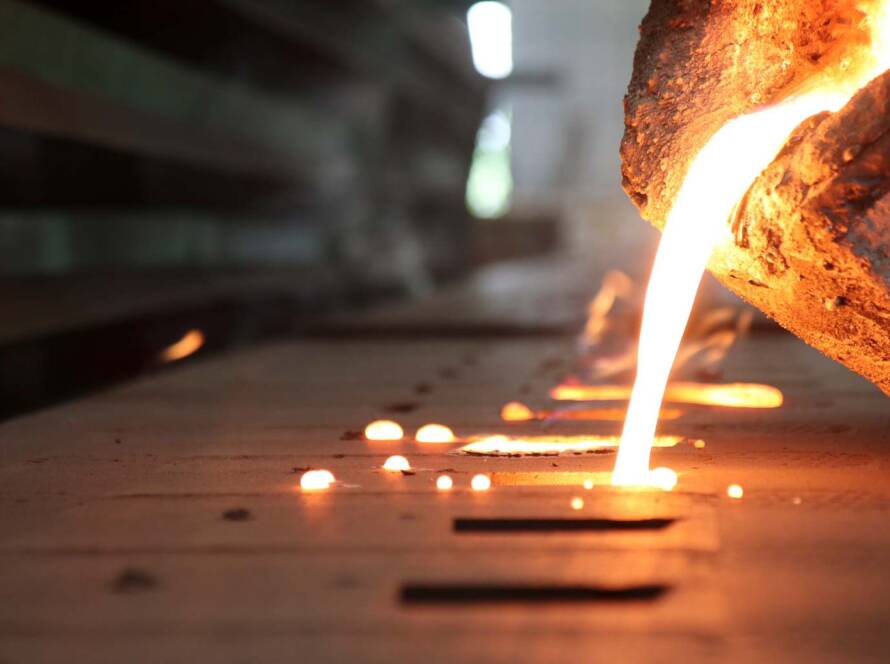The casting industry is set to experience steady, sustained growth, largely driven by infrastructure investments in the U.S. and globally. Casting, a vital process for producing components in sectors such as transportation, energy, and utilities, is witnessing increased demand as a result of ongoing government-led infrastructure initiatives. These investments are ensuring a long-term uptick in casting orders, supporting the steady expansion of capacity in foundries.
U.S. Infrastructure Investments Fuel Steady Demand
At the core of this casting demand surge is the U.S. government’s $1 trillion Bipartisan Infrastructure Law, aimed at modernizing the country’s aging infrastructure. The law allocates $550 billion to projects that heavily rely on metal castings, such as transportation, water systems, energy, and construction. These investments have led to a steady increase in orders for U.S. foundries, supplying critical components for roads, bridges, and water infrastructure.
U.S. manufacturers are responding to this rising demand with significant capacity expansions. For instance, according to a White House press release, the Ford Meter Box Company in Indiana has ramped up its production to meet long-term waterworks infrastructure needs, as well as near-term projects like lead service line replacements. Similarly, Mueller Water Products, based in Atlanta, has invested around $150 million to increase its production capacity, driven in part by the Bipartisan Infrastructure Law’s water infrastructure investments.
Global Infrastructure Developments Amplify Opportunities
While the U.S. is a major player in infrastructure investment, other nations are also driving the global casting boom.
Vietnam, for example, has approved plans to invest between $43 and $65 billion in building and upgrading infrastructure from 2021 to 2030. Meanwhile, Europe is heavily focused on renewable energy projects, particularly wind energy and water management systems. In 2021, Europe spent €41 billion on new wind farms, financing a record 25 GW of new capacity. However, these investments still fall short of the 35 GW needed annually for the EU to meet its 2030 targets.
These international infrastructure projects create ripple effects for U.S. manufacturers, particularly those involved in casting. As global demand for cast components rises, U.S. manufacturers are increasingly positioned to support international markets, especially when local supply chains fall short of meeting demand.
Strengthening Supply Chains to Meet Rising Casting Needs
As casting demand surges, manufacturers must prioritize building safe and resilient supply chains. Infrastructure projects are often time-sensitive, and any disruptions can lead to costly delays. One key strategy for supply chain resilience is diversification, often referred to as the “China plus one” strategy. This approach spreads sourcing across multiple regions to reduce dependence on a single country, especially China, which has faced increasing geopolitical tensions.
A recent example from the electronics industry highlights the importance of this approach. When the U.S. government sanctioned Chinese supplier Mornsun in 2024, many U.S. companies were left scrambling for alternatives. This kind of abrupt supply disruption can have widespread consequences, making it essential for manufacturers to build multi-source supply chains. Diversifying supply sources helps safeguard production continuity, ensuring that critical components remain accessible, even during geopolitical disruptions.
As a U.S.-based company with 30 years of experience, Source Machining Specialties specializes in helping U.S. manufacturers with their manufacturing needs in India. We’re so confident in our Indian production facilities that we invite you to a site audit at our expense. Discover more about our capabilities and services, and let’s start a conversation.



